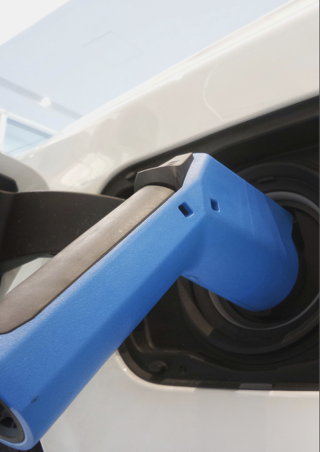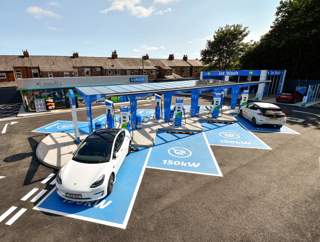Windsor, Swindon and Stockport have the least number of rapid chargers per electric cars, according to analysis of official statistics by the Liberal Democrats.
The research showed electric car drivers in these areas are most likely to be stranded by slower charging points, taking at least 13 hours to charge a Nissan Leaf – whereas rapid chargers take 30 minutes.
In the local authority area of Windsor and Maidenhead, there are 1,474 electric cars registered in the area for every rapid charging point.
In Stockport, there are 16,568 registered electric cars, sharing just 16 rapid charging points.
372 new rapid electric vehicle (EV) chargers were installed within the last three months across the UK, as part of 1,553 new chargers installed.
The statistics reveal that less than one in five (19%) of all EV charging points in the UK are rapid chargers, whereas nearly 6,000 public charging points fall into the slow bracket (3kW-5kW).
The Government cut the plug-in car grant by £500, earlier this year.
The Liberal Democrats are calling for VAT cuts for cheaper priced EVs from 20% to 5% as well as increased in investment in EV charging points, particularly in rural areas.
Sarah Olney MP, Liberal Democrat spokesperson for transport, said: “Too many electric car owners face the anxiety of being marooned in a car park for hours on end because the Government is installing the wrong kind of charging points.
“The Government needs to get on with it now or risk a new wave of electric car owners becoming stranded, or worse still, going back to diesel.
“For all the big talk we have heard from the Government at COP26 on electric cars, the reality of their lack of investment shows a completely different picture.
“Instead of vague words, Liberal Democrats are calling for a cut in VAT on the lowest cost electric vehicles and a massive expansion of rapid chargers, particularly in rural areas.”
A freedom of information (FOI) request has revealed that 52% of UK councils made no investment in EV charging infrastructure, last year.
They are also calling for the Government to replace its own current vehicle fleet with ultra-low emission vehicles by 2022, and encourage the rest of the public sector, including local authorities and the NHS, to set their own targets.
See the full Department for Transport’s (DfT) Electric vehicle charging device statistics: July, 2021.
> Interested in comparing electric vehicle data? Check out our EV tool.
> Interested in ensuring the efficient use of EVs. Check out our dedicated editorial sections: Insight & policy | EV news | Charging & infrastructure | Costs & incentives | Benefit-in-kind | EV case studies | EV road tests
























Login to comment
Comments
No comments have been made yet.